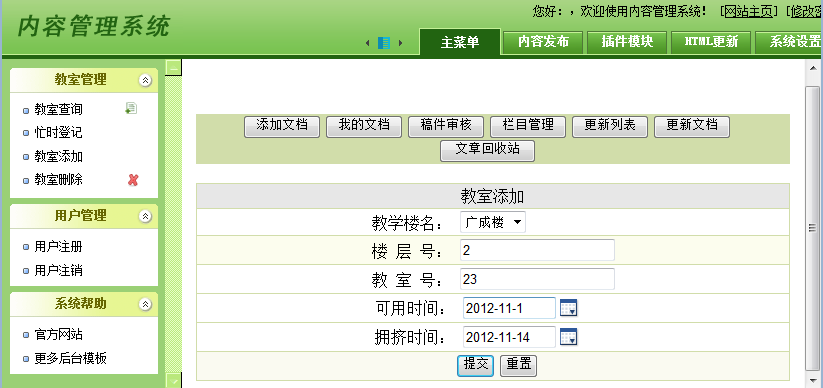HashSet和HashMap
Java集合实际是多个引用变量组成的集合,修改引用对象的属性后表现在集合内对象的属性也会相应被修改。但是可验证,如果集合内元素的类型是包装类类型,如Integer,则不满足上述称述。
对Map而言,每个元素都是key-value的Set集合。HashSet的实现基于HashMap,HashMap的实现用到了Entry数组。于是,可以将Set集合扩展成Map集合。
本文主要阅读HashSet和HashMap的JDK源码,了解其实现。
HashSet源码如下:
[java]
public class HashSet<E>
extends AbstractSet<E>
implements Set<E>, Cloneable, java.io.Serializable
{
static final long serialVersionUID = -5024744406713321676L;
private transient HashMap<E,Object> map; //基于HashMap
// Dummy value to associate with an Object in the backing Map
private static final Object PRESENT = new Object(); //<SPAN style="FONT-FAMILY: Arial, Helvetica, sans-serif">private static final Object</SPAN>
/**
* Constructs a new, empty set; the backing <tt>HashMap</tt> instance has
* default initial capacity (16) and load factor (0.75).
*/
public HashSet() {
map = new HashMap<E,Object>();
}//后面代码略........
public class HashSet<E>
extends AbstractSet<E>
implements Set<E>, Cloneable, java.io.Serializable
{
static final long serialVersionUID = -5024744406713321676L;
private transient HashMap<E,Object> map; //基于HashMap
// Dummy value to associate with an Object in the backing Map
private static final Object PRESENT = new Object(); //private static final Object
/**
* Constructs a new, empty set; the backing <tt>HashMap</tt> instance has
* default initial capacity (16) and load factor (0.75).
*/
public HashSet() {
map = new HashMap<E,Object>();
}//后面代码略........可以看到HashSet基于HashMap来实现的,下面来看HashMap的实现。
下面通过HashMap的两个重要的方法get 和put 方法来认识HashMap。
[java]
public V get(Object key) { //HashMap的方法
if (key == null)
return getForNullKey();
int hash = hash(key.hashCode());
for (Entry<K,V> e = table[indexFor(hash, table.length)];
e != null;
e = e.next) {
Object k;
if (e.hash == hash && ((k = e.key) == key || key.equals(k))) //此处可见hashCode提升性能!!!!!
return e.value;
}
return null;
}
public V get(Object key) { //HashMap的方法
if (key == null)
return getForNullKey();
int hash = hash(key.hashCode());
for (Entry<K,V> e = table[indexFor(hash, table.length)];
e != null;
e = e.next) {
Object k;
if (e.hash == hash && ((k = e.key) == key || key.equals(k))) //此处可见hashCode提升性能!!!!!
return e.value;
}
return null;
}
[java]
public V put(K key, V value) { //HashMap的方法
if (key == null)
return putForNullKey(value);
int hash = hash(key.hashCode());
int i = indexFor(hash, table.length);
for (Entry<K,V> e = table[i]; e != null; e = e.next) {
Object k;
if (e.hash == hash && ((k = e.key) == key || key.equals(k))) { //示例
V oldValue = e.value;
e.value = value;
e.recordAccess(this);
return oldValue;
}
}
modCount++;
addEntry(hash, key, value, i);//优雅地将新Entry加至链头。Entry是HashMap的内部类。具体请阅读jdk源码。
return null;
}
public V put(K key, V value) { //HashMap的方法
if (key == null)
return putForNullKey(value);
int hash = hash(key.hashCode());
int i = indexFor(hash, table.length);
for (Entry<K,V> e = table[i]; e != null; e = e.next) {
Object k;
if (e.hash == hash && ((k = e.key) == key || key.equals(k))) { //示例
V oldValue = e.value;
e.value = value;
e.recordAccess(this);
&
补充:软件开发 , Java ,




